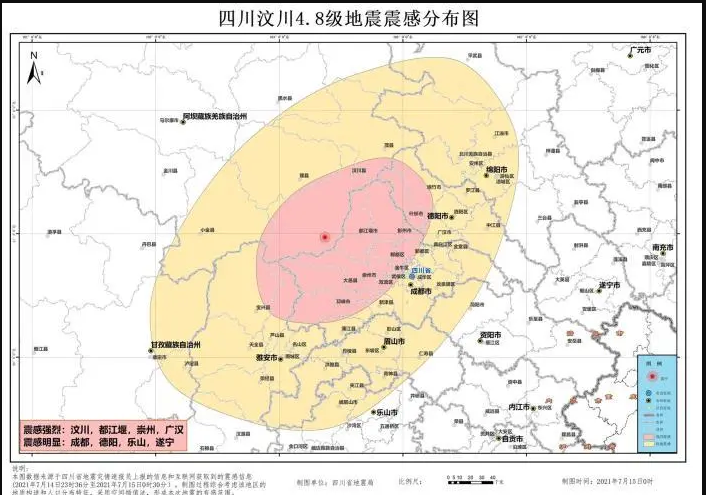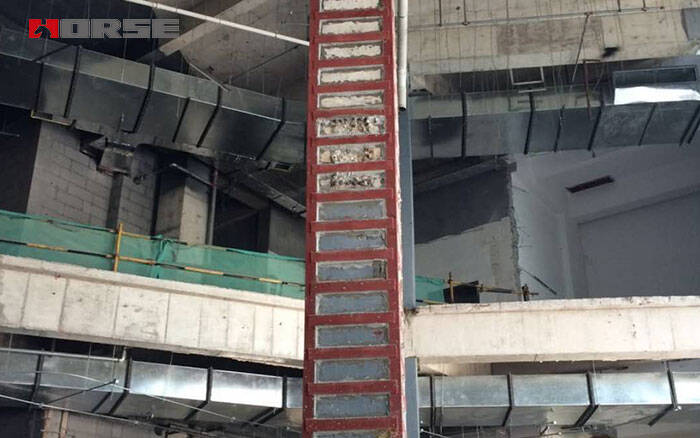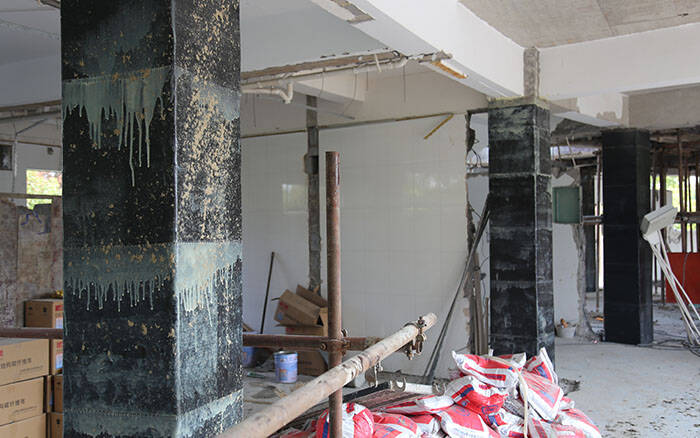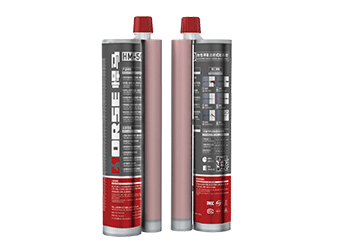Solutions
Horse Construction offers full range of structural strengthening materials with technical supports, documentation supports, products supports, project supports.
Discussion on Seismic Reinforcement | Wenchuan M4.8 Earthquake

China Earthquake Networks officially determined: At 23:36 on the 14th, a magnitude 4.8 earthquake occurred in Wenchuan County, Aba Prefecture, Sichuan, with a focal depth of 15 kilometers.
Expert: Department of the aftershocks of the 5.12 earthquake
Horse invites everyone to talk about seismic reinforcement

General procedures for seismic reinforcement and reconstruction:
Seismic performance appraisal → seismic reinforcement design → seismic reinforcement engineering construction drawing review → seismic reinforcement engineering construction plan preparation → construction → acceptance
Before the earthquake-damaged building is reinforced and reconstructed, the earthquake-damaged parts and components can be repaired by the following methods:
1. For compression steel bars that are broken or yielded under compression, replace them with new steel bars of equal section and other strength, and the new steel bars should be reliably connected to the original structural steel bars;
2. Replace the masonry or concrete of the damaged part under pressure;
3. Repair or grouting the cracks depending on their width.
The seismic structure design of earthquake-damaged buildings should consider the earthquake damage, and select appropriate reinforcement methods to carry out seismic reinforcement and reconstruction of the building.
When the seismic bearing capacity of the house cannot meet the requirements, the following reinforcement and reconstruction methods can be selected:
1. Surface layer or slab wall reinforcement: use cement mortar surface layer, steel mesh mortar surface layer or cast-in-situ concrete slab wall reinforcement on one or both sides of the wall;
2. Repair and grouting: The cracked wall can be repaired by pressure grouting, and the wall with poor fullness of the masonry mortar or low strength of the masonry mortar can be reinforced by grouting the whole wall.
3. Demolition or addition of earthquake-resistant walls: the original walls with too low strength or severe damage can be removed and rebuilt; the materials for the rebuilt and additional seismic walls can be bricks or blocks, or cast-in-place reinforced concrete;
4. Wrap corners or edge reinforcement: use profiled steel or reinforced concrete to wrap corners or edges on columns, wall corners or door and window holes; columns and wall stacks can also be reinforced with cast-in-place concrete sleeves;
5. Additional column reinforcement: the concrete structural column is used for reinforcement at the wall junction. The column should be integrated with the ring beam and tie rod, or be reliably connected with the cast-in-place concrete building or roof;
6. Support or bracket reinforcement: For houses with poor rigidity, support or bracket reinforcement of section steel or reinforced concrete can be added.

When the integrity of the house does not meet the requirements, the following reinforcement and reconstruction methods can be selected:
1. When the wall is not closed in the plane, additional wall sections can be added to form a closed, and cast-in-place reinforced concrete frame can be added at the opening;
2. When the vertical and horizontal walls are poorly connected, steel tie rods, long anchor rods, extra columns or extra ring beams can be used for reinforcement and transformation;
3. When the supporting length of the building and roof slabs cannot meet the requirements, additional supports should be added to increase the supporting length, joists, or measures to enhance the integrity of the building and roof shall be taken;
4. When the ring beam setting does not meet the appraisal requirements, an additional ring beam should be added. When the wall is arranged in a plane and not closed, a wall section can be added to form a closure, and a cast-in-place reinforced concrete frame should be added at the opening.
For the easily collapsed part of the house, the following reinforcement and reconstruction methods can be selected:
1. When the anchoring length of the overhanging member cannot meet the requirements, the reinforcement project should adopt additional brackets, outer steel sleeves or measures to reduce the overhanging length;
2. The partition wall has no tie or loose tie, and can be reinforced and reformed with borders, embedded iron jackets, anchor bars or steel tie rods;
3. When the seismic capacity of the wall section supporting the girder cannot meet the requirements, additional wall columns, buttress columns, reinforced concrete columns, or surface layers and slab wall reinforcement can be used;
4. When the chimney and the parapet without bracing on the roof exceed the specified height, they should be demolished or reinforced with steel or steel tie rods;
5. When the anchorage length of the overhanging member cannot meet the requirements, additional brackets, outer steel sleeves or measures to reduce the overhanging length should be adopted. When the width of the wall between load-bearing windows is too small or the seismic capacity cannot meet the requirements, reinforced concrete window frames can be added or the surface layer or slab wall can be used for reinforcement and reconstruction;
When the seismic resistance of a multi-storey masonry building with obvious torsion effect cannot meet the requirements:
1. Add masonry walls or cast-in-place concrete walls at weak points first, or add surface layers to the original walls;
2. Measures can also be taken to divide the plane unit to reduce the torsion effect.
You can find anything here you are in need of, have a trust trying on these products, you will find the big difference after that.

High strength, unidirectional carbon fiber wrap pre-saturated to form a carbon fiber reinforced polymer (CFRP) wrap used to strengthen structural concrete elements.

High strength carbon fiber reinforced polymer (CFRP) strip / laminate / plate for structural strengthening and concrete repair

two-components modified epoxy resin adhesive, with high quality plastic tube, double cartridge package